If you haven’t figured it out from the title, yes, I indeed went there! I made sweet sweet music out of my documentary! When I heard rip/mix/feed, the first thing that came to my mind was one of the first types of ripping and mixing that I ever encountered in my life: mashups and remixes of music. I recall listening to countless songs and thinking to myself “hmm, I swear that I’ve heard this melody before!” and indeed when I listened to the earlier song I would hear where the newer song adopted a lot of its melodic themes and rhythms.
After taking this course I felt like this project was an amazing opportunity to really get a hands-on experience on what we have been talking about throughout the course: the evolution of text, language and meaning-making. We discussed in our weblogs in depth about how text is constantly in a state of transformation and how it is constantly being resisted, re-imagined and recreated. Therefore, with all of this knowledge in hand I dabbled in music remixing for the first time in my life to make my own mark on our massive textual landscape that spans across the globe.
For me, this project is a response to the pleas of the students of today who are sick and tired of knowledge served to them in traditional text forms. Instead, it reaches out to them using different modes in hopes that it will give them a break from the monomodal bombardment of information that they face on a daily basis at school.
With the continually rising popularity of media that is delivered such as visual and audio where students can easily just switch off their brains and take it in, as opposed to things that need to be read which require conscious effort and focus, this recording will have great potential for knowledge mobilization. In this form, it is also easily shared with friends, and with its small size it boasts a high degree of cellular data efficiency that many students with limited cell-phone data plans will appreciate.
This particular mode of content delivery suffers from the same drawback as most modes of communication except video, namely, it isn’t a video. These days more and more people around the world consume knowledge in the form of videos leaving more traditional modes of knowledge transfer like writing, audio, and oral communication in the dust. The reasons are clear: it is becoming easier and easier to create videos, videos stimulate a variety of sensory organs (and with 4D even more than before), and because of their multimodal nature (visual/auditory) they can potentially contain a wealth of information that would otherwise be absent (or require imagination in the case of books and audio recordings) in other modes. This makes video a lot more efficient and, as a rule of human evolution, we are naturally attracted to solutions or ‘life hacks’ that make our lives easier and let us do more with less effort.
All of this aside, here is my horrendous masterpiece!
Audio clip: Adobe Flash Player (version 9 or above) is required to play this audio clip. Download the latest version here. You also need to have JavaScript enabled in your browser.

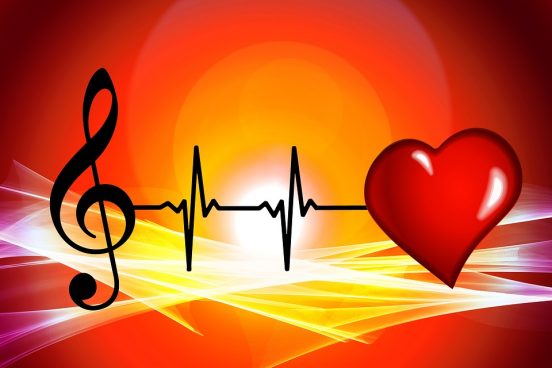
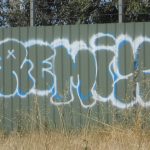
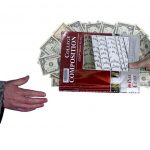
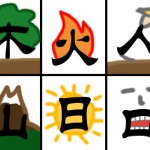
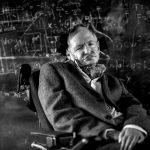

marcia kondo
August 2, 2018 — 3:47 pm
Hi!
I don’t know if it’s just me and something wrong on my end but I’m not able to listen to your masterpiece and I really would like to! I love the idea of a song remix/mashup and think the idea you came up with is really unique and creative.
I wasn’t able to on my phone or ipad so I’m trying on my laptop now but it just remains stuck on “connecting.” If anyone has any ideas, please let me know. Thanks.
adam sheard
August 5, 2018 — 1:47 pm
Hey Marcia,
I’ve tried adding it in a playlist instead of just as an audio file. I hope this works.
Best,
Adam
marcia kondo
August 6, 2018 — 1:34 pm
Thank you! I thought it was great! I was pleasantly surprised to find it came out sounding like a rap song. Thanks for taking the extra time to change the file format.
Cheers!
Cathy Miyagi
August 7, 2018 — 7:13 am
You got me at “textual healing” LOL. This is extremely creative! Great work!
Jo
August 9, 2018 — 12:18 pm
Awesome creativity! Loved it!